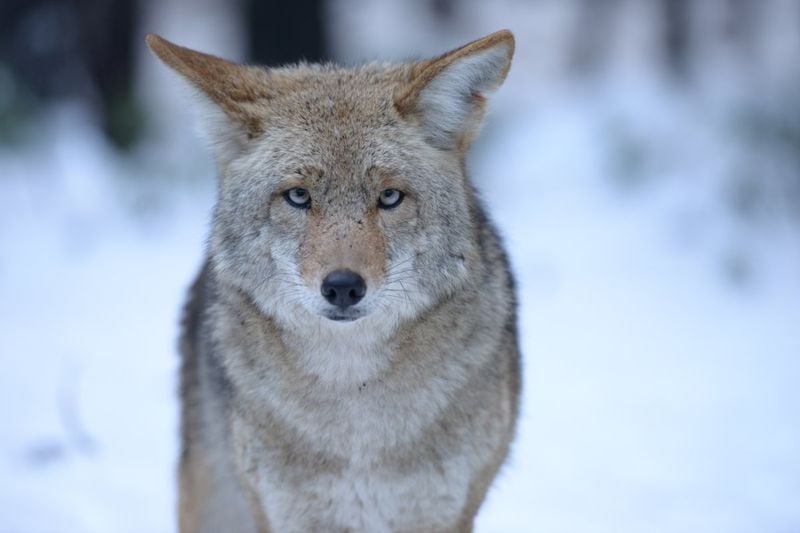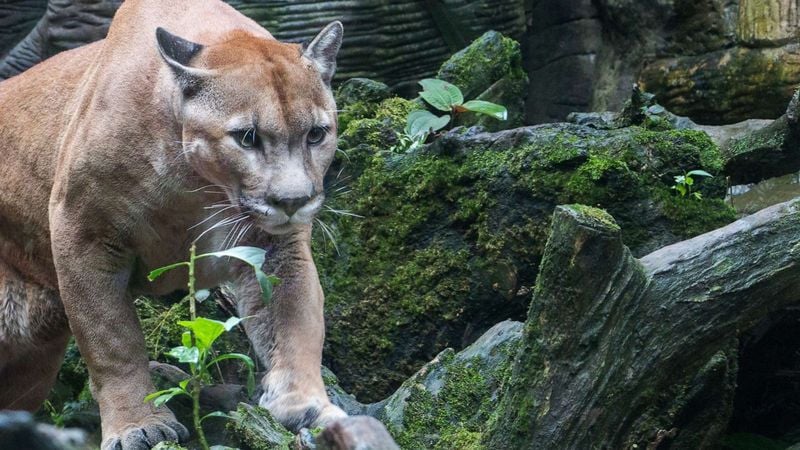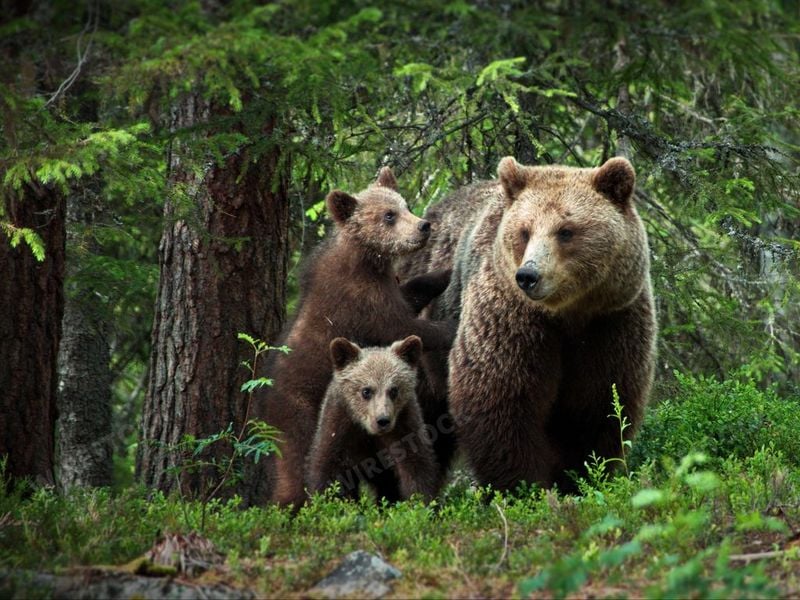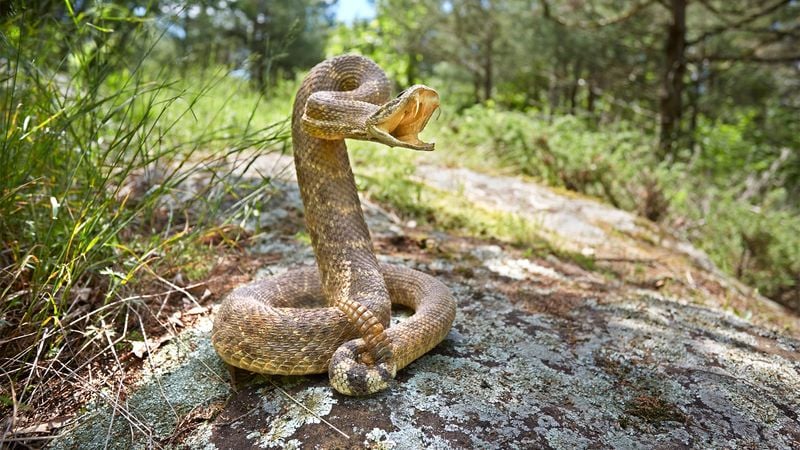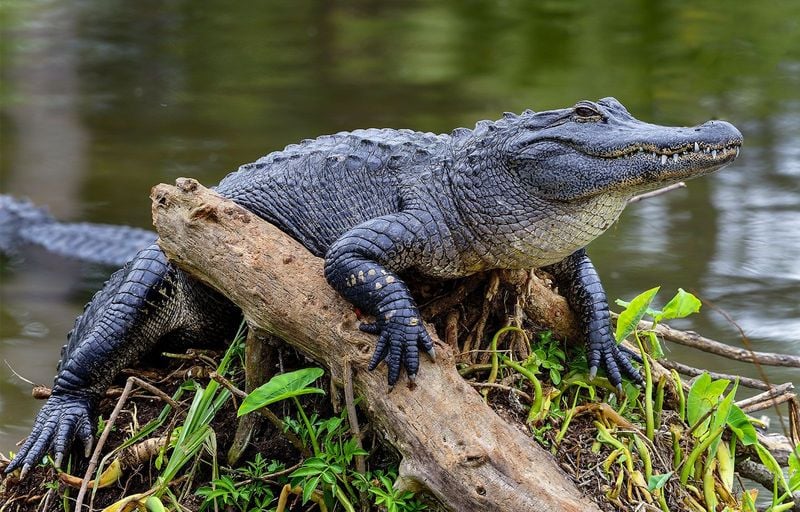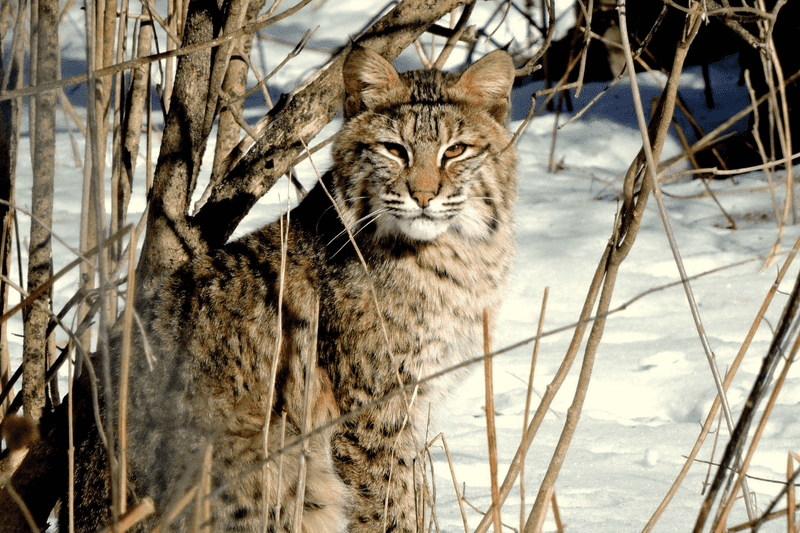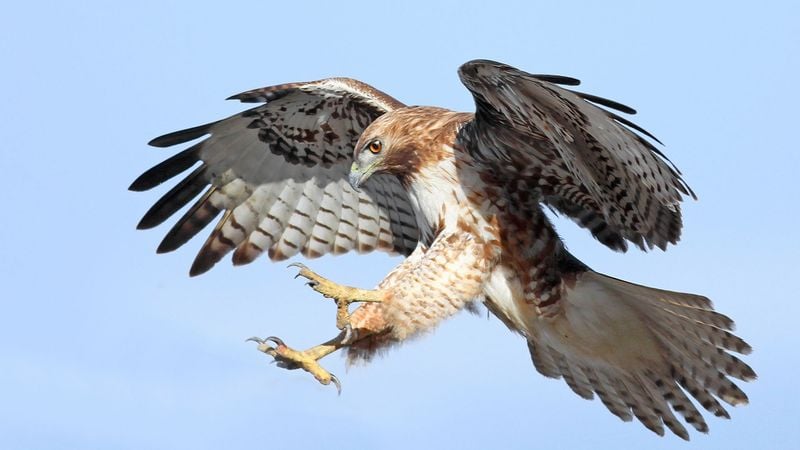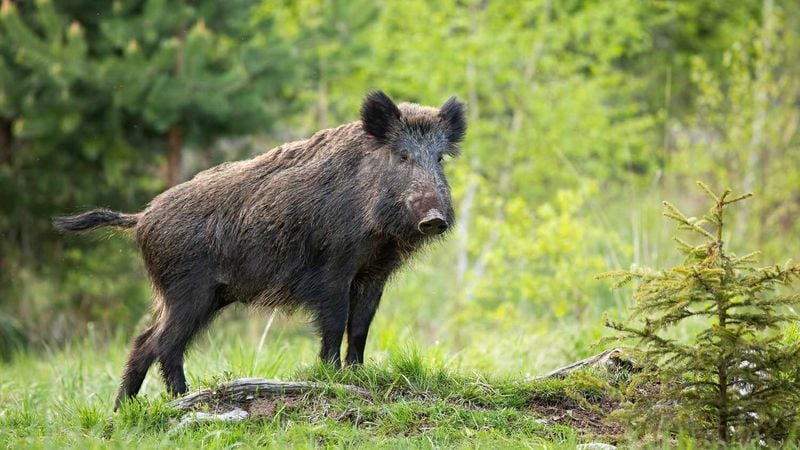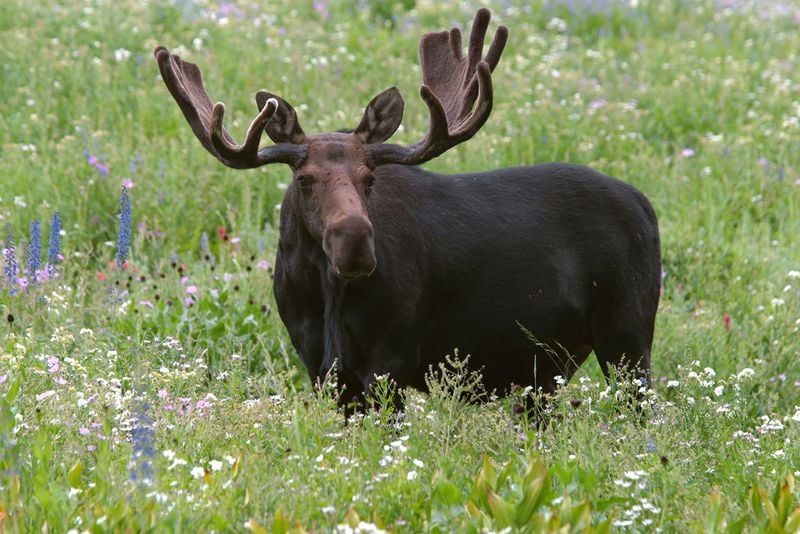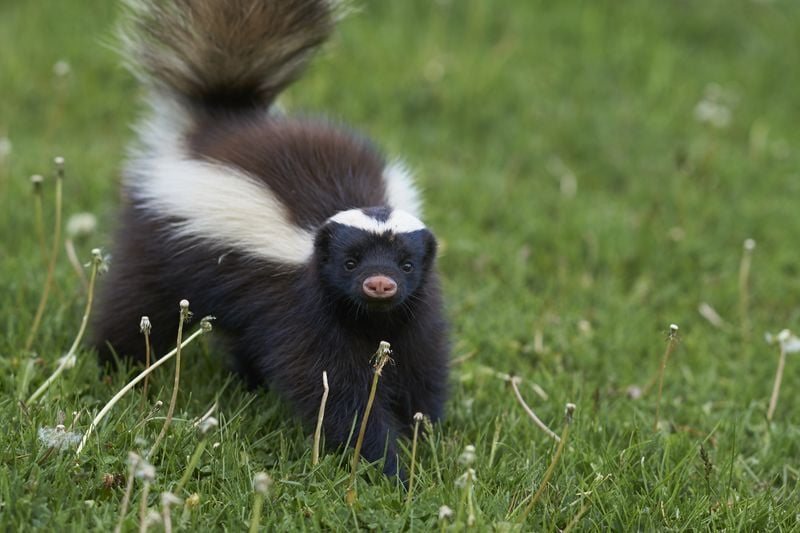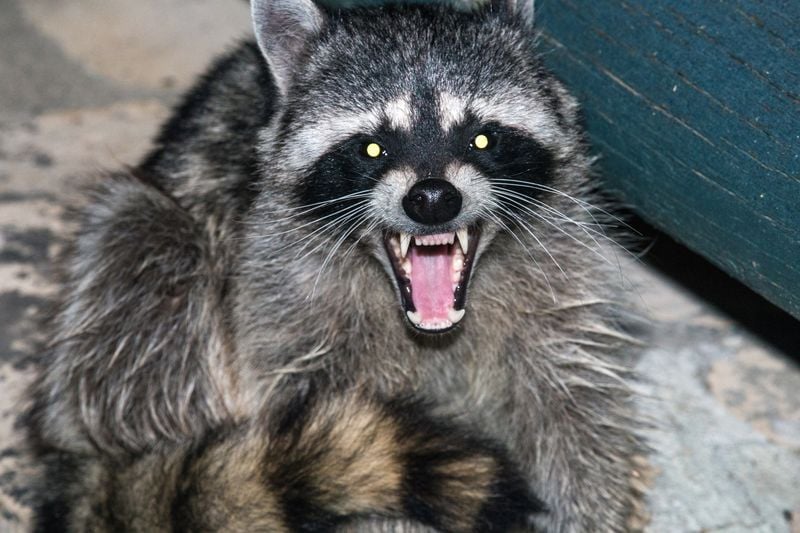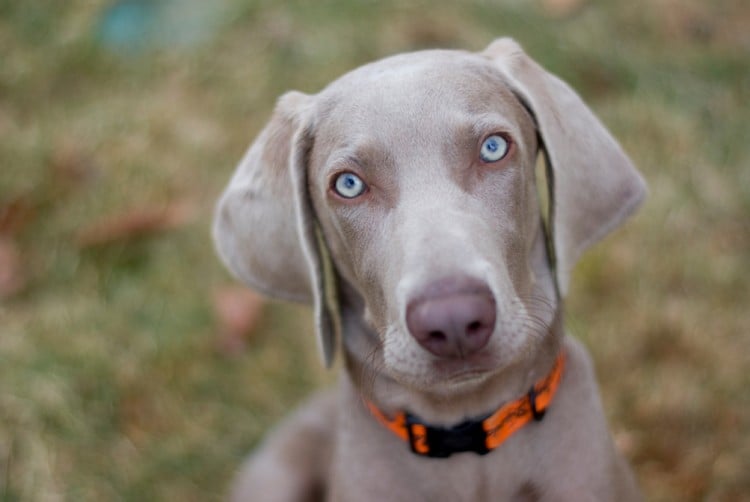14 Dangerous Wild Animals Every Dog Owner Needs to Watch For
Dogs may be brave, loyal, and endlessly curious—but those very traits can put them at risk when they encounter wildlife.
Whether you live in a rural area, hike often, or even just walk your dog through the neighborhood, it’s important to understand that danger doesn’t always come with a warning growl.
From sneaky predators to deceptively cute critters, many wild animals pose a serious threat to your furry companion’s safety and health. And we’re not just talking about exotic jungle beasts here.
Some of the most dangerous animals for dogs are the ones hiding in plain sight—lurking in tall grass, climbing through backyard trees, or waiting near streams on your favorite trail.
A curious sniff in the wrong direction can lead to injuries, venomous bites, or even deadly infections. It only takes one moment of distraction for your pup to get too close to something wild and unpredictable.
As a responsible dog owner, it’s essential to be aware of what animals roam your region and how to protect your pet if you cross paths with them.
Knowing how these creatures behave, when they’re most active, and what signs to look out for can be the difference between a harmless encounter and a trip to the emergency vet.
This guide covers 14 dangerous wild animals that every dog owner should be on the lookout for. We’ll break down why they’re a threat, where they’re commonly found, and what you can do to keep your dog out of harm’s way.
After all, your pup depends on you not just for belly rubs and biscuits—but for the kind of protection only a well-informed human can provide. Let’s make sure your next outdoor adventure is exciting for all the right reasons.
1. Coyotes
Coyotes may look like scrappy strays, but they’re cunning predators with a reputation for ambushing dogs. They’re found throughout North America, especially in suburban and rural areas.
These animals often use baiting tactics—one coyote lures a dog away while others lie in wait.
Small to medium-sized dogs are especially vulnerable. Even fenced yards aren’t always safe if coyotes are hungry or curious enough. They’re fast, silent, and not afraid to approach populated areas.
Keeping your dog on a leash and avoiding evening walks in high-risk zones can help avoid trouble.
2. Wolves
Wolves rarely attack humans, but they do view other canines—especially unfamiliar ones—as threats or intruders.
If you live or hike near known wolf territory in the northern U.S., Canada, or mountain ranges, you need to be cautious. Wolves may be elusive, but they’re highly territorial.
Large dogs can provoke defensive or dominance-related aggression from a wolf pack.
And while the chance of a random encounter is low, the consequences can be devastating. Always keep your dog close in wilderness areas and avoid letting them roam off-leash.
3. Mountain Lions (Cougars)
Mountain lions are solitary predators with a powerful bite and an even stronger pounce.
Found in the western U.S. and some parts of Florida, they typically avoid humans—but your dog might not be so lucky. These big cats can see your pup as prey or as competition.
Dogs that bark or chase movement are more likely to attract unwanted attention. A mountain lion’s stealth makes it nearly impossible to spot before it’s too late. Keep hikes to daylight hours and stay alert in brushy, rocky areas.
4. Bears
While most bears aren’t actively hunting for dogs, things can go south quickly if your pup startles one—especially a mother with cubs. Black bears are more common, but grizzlies are significantly more aggressive and dangerous.
Dogs may instinctively bark or charge a bear, triggering a defensive and potentially deadly reaction.
In bear country, always leash your dog and stick to marked trails. Bear spray isn’t just for you—your dog’s safety depends on how you manage that encounter.
5. Snakes (e.g., Rattlesnakes, Copperheads)
Venomous snakes are one of the most common threats in many parts of the U.S., especially during warmer months. Dogs love to poke their noses into bushes and tall grass—exactly where snakes tend to hide.
Rattlesnake and copperhead bites can be fatal without immediate treatment. Swelling, pain, and disorientation are common symptoms.
Keep your dog on designated paths, and consider rattlesnake aversion training if you live in a high-risk area. Fast action can save your pup’s life.
6. Alligators & Crocodiles
In the southern U.S., especially in Florida and Louisiana, alligators are a very real threat near lakes, swamps, and golf course ponds. They can lunge from the water in a flash, and dogs often don’t see it coming.
Smaller breeds are at particular risk, but even large dogs can be dragged under by a determined gator.
Never let your dog swim or drink in unknown freshwater sources where gators might be lurking. A few extra steps away from the water’s edge can make all the difference.
7. Bobcats
Bobcats are smaller than mountain lions but no less fierce when threatened. These muscular wildcats can be found throughout North America and are highly territorial. A bobcat may attack a dog it perceives as a rival or invader.
Small and medium-sized dogs can be seriously injured in an altercation. While bobcat sightings are rare, it’s best not to leave dogs unattended outdoors, especially near wooded or rural areas.
Keep an eye out for claw marks or droppings that suggest a bobcat may be nearby.
8. Hawks & Eagles
Birds of prey may seem majestic from afar, but they’re a silent threat to puppies and toy breeds. Golden eagles, red-tailed hawks, and other raptors have sharp talons and can swoop down before you even realize they’re circling.
While a 10-pound dog may not look like lunch to you, these birds are opportunistic hunters.
Supervise outdoor time, especially in open spaces or mountainous terrain. If you have a tiny pup, consider using a protective vest or umbrella leash for added safety.
9. Wild Boars
Wild boars are powerful, unpredictable, and armed with razor-sharp tusks. They roam parts of the South, Midwest, and California, tearing up land and starting fights with anything in their path—including dogs.
A dog that runs ahead on a trail could accidentally provoke one and find itself on the receiving end of a violent charge.
These encounters can lead to deep wounds, broken bones, or worse. In boar-heavy regions, stick to daylight walks and keep your dog close and leashed.
10. Moose
Looming large and often underestimated, moose are territorial titans. These massive herbivores, seemingly docile, can become aggressive in defense of their space.
A curious dog approaching could inadvertently trigger a charge. In moose country, the priority is distance and respect.
Their sheer size is a testament to nature’s wonders, and their presence enriches the wilderness experience, so long as it’s a safe one.
11. Porcupines
Porcupines won’t chase your dog—but your dog might chase them. And that’s when the trouble starts. These spiky rodents have thousands of quills that detach on contact and can embed deep into a dog’s face, mouth, or chest.
Dogs often try to bite or paw at porcupines, resulting in painful injuries that require sedation and surgery to fix.
If you’re in porcupine country, leash your dog near wooded areas and keep a close watch. One curious sniff could land you at the emergency vet.
12. Skunks (Carrying Rabies)
The worst part about skunks isn’t just the smell. They’re also potential carriers of rabies—a disease that’s almost always fatal if left untreated. If a skunk feels cornered, it may bite in self-defense before releasing its notorious spray.
Dogs often rush up to skunks, unaware of the danger. Rabies exposure through a bite or scratch is serious and requires immediate medical attention. Vaccinate your dog regularly and avoid nighttime walks where skunks are more active.
13. Raccoons
Raccoons might look like masked mischief-makers, but they can be aggressive and dangerous when approached by dogs. Known carriers of rabies and other parasites, they often make their homes in urban and suburban areas.
A raccoon cornered by a curious pup may scratch or bite, causing infections and transmission of diseases like leptospirosis.
Don’t let your dog investigate trash cans, and keep your yard secured. Even something as innocent as food left outside can attract trouble.
14. Feral Hogs
Feral hogs are a growing problem in many parts of the U.S., particularly Texas and the Southeast. They travel in groups, reproduce rapidly, and aren’t shy about charging dogs they see as a threat.
Their tusks can tear through flesh with ease, and they often behave unpredictably. Dogs off-leash or on solo property patrol are especially vulnerable.
Don’t let the “pig” label fool you—these creatures are aggressive and dangerous. Keeping your dog supervised and your property secure is critical.

